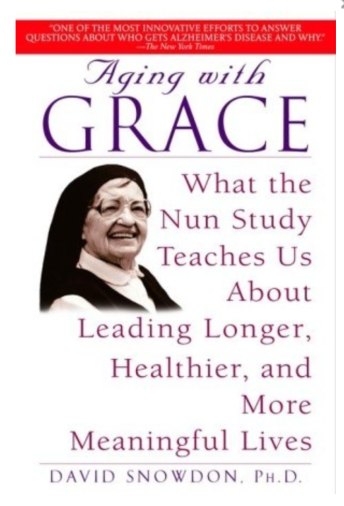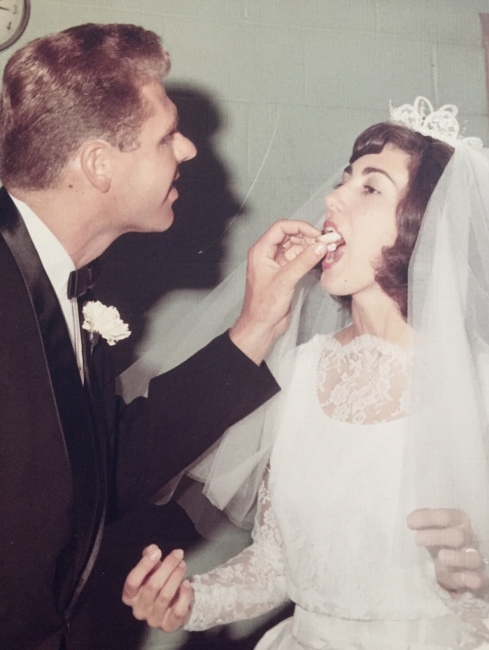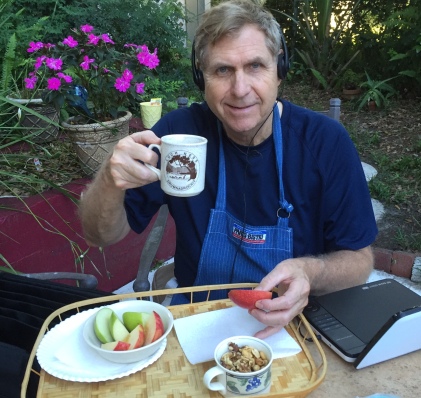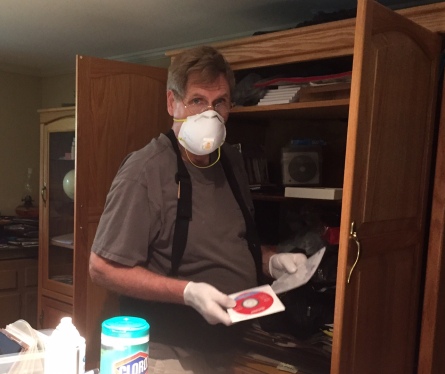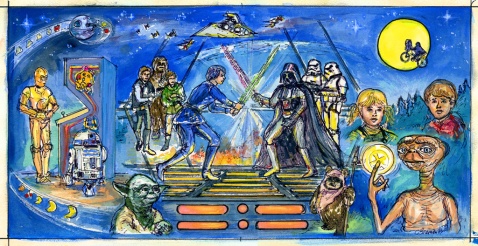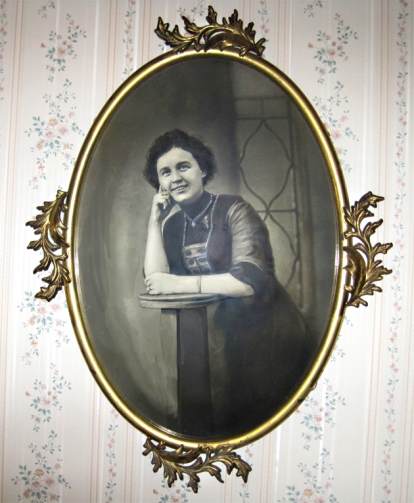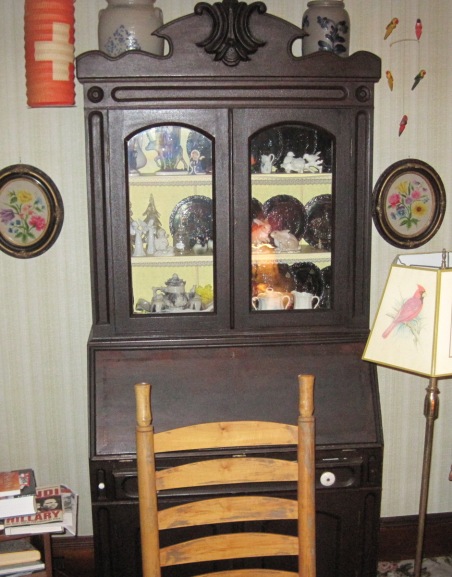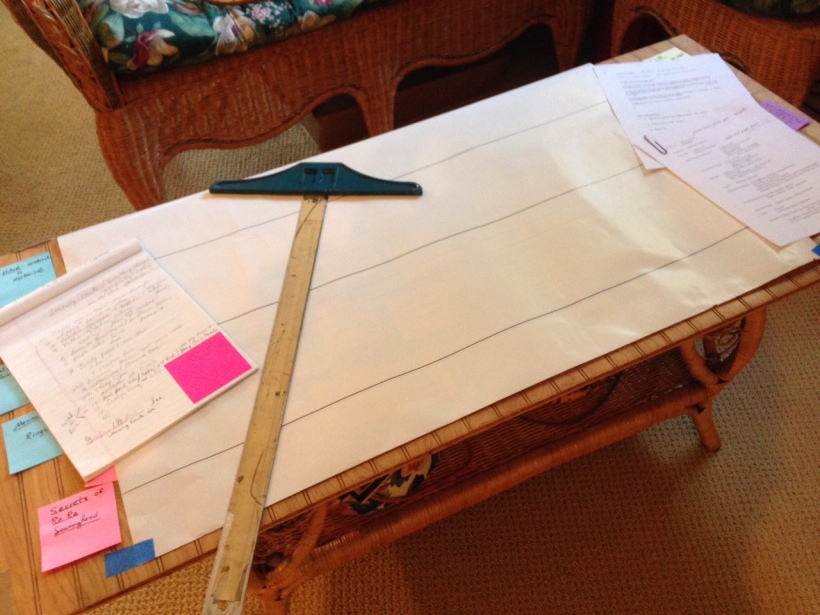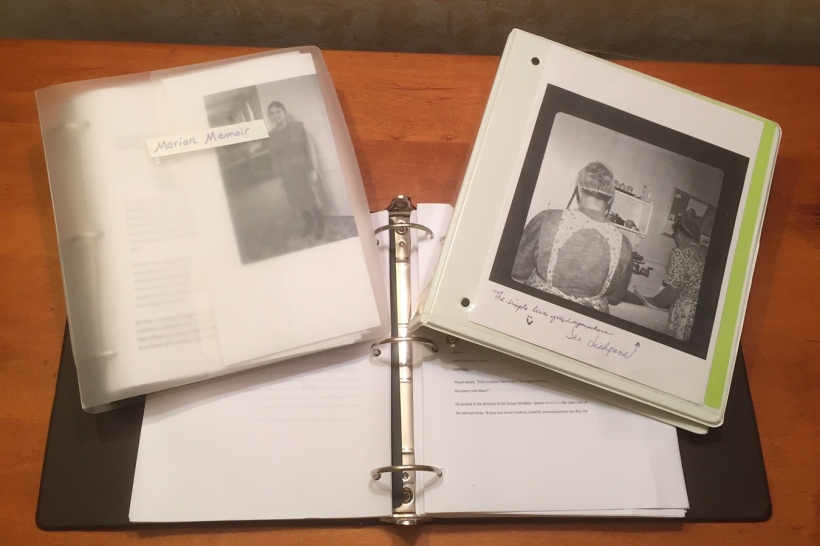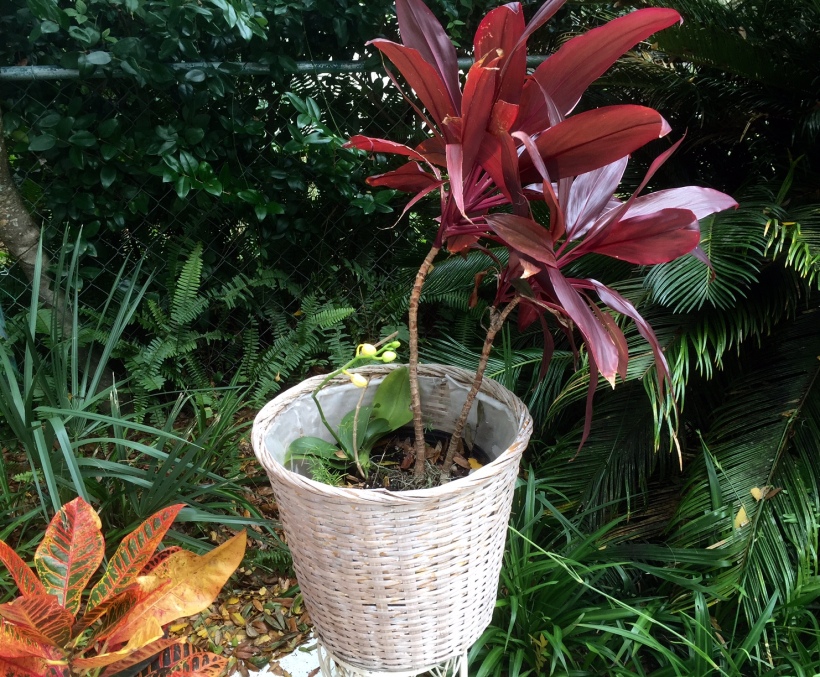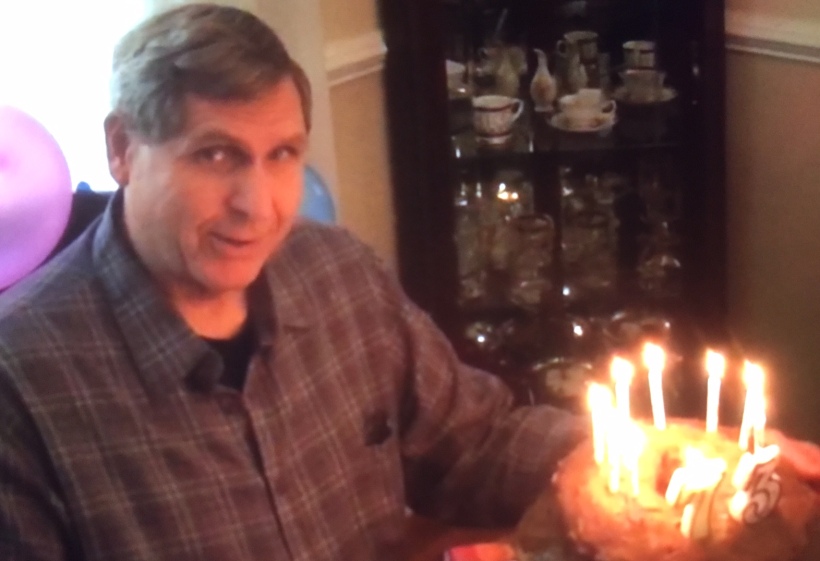Whoopi Goldberg is no nun, but she played one in Sister Act, where she befriended three other nuns all named Mary and made the convent’s choir into a rollicking, soulful act.

Dr. David Snowdon obviously is no nun either. He’s not even a monk. But he is an epidemiologist, who spearheaded a study to decode Alzheimer’s disease as he researched the lives of 678 nuns at the School Sisters of Notre Dame. All had willed their brains to research on death.
Aging with Grace could have been a deadly dull read, but I kept turning the pages because the author was able to intertwine the excitement of scientific research with personal stories. These nuns shared valuable life lessons about “Leading Longer, Healthier, and More Meaningful Lives,” part of the book’s sub-title.
Here are the seven I gleaned from Snowdon’s book:
- Keep your sense of humor
Just before she turned 90, Sister Genevieve Kunkel marveled at her wellbeing. She said, “I have two good traits . . . I am alert and I am vertical.” 183
- Mingle with the young
When pressed about her other secrets for staying young, Sister Genevieve admitted, “Maybe it’s because I’ve always been with the young.” An educator, she had taught young people from grade school through college and was currently reading a Harry Potter book. She also read nearly every issue of the Sunday New York Times.
- Enjoy eating as a social occasion.
Share mealtime with others when possible. “The air in the convent dining room buzzes with laughter and . . . chatting.” 168
- Help others
Healthy nuns served themselves during mealtime. Then they took turns helping sisters in the assisted-living wing by pouring drinks, cutting their meat and helping them take their medications.
- Stay “With It”
Sister Clarissa, age 90, drove around the convent in her motorized cart dubbed “Chevy” and knew “as much about baseball as any die-hard fan a third of her age.” (She sounds a lot like my Aunt Cecilia!)
Sister Dorothy Zimmerman drew others into Scrabble games, often closely contested.
- Keep Moving
Sister Esther Boor, who lived until age 106, sat on her “exercise” chair and regularly pumped the pedals on a stationary “bike.”
- Wake up every day with purpose
Sister Matthia knitted a pair of mittens every day for the poor. Every evening she recited the names of all 4378 former students until her death less than a month before her 105th birthday.
Unbelievable!
- Pray and Meditate
Dr. Snowdon admits “while we cannot directly measure intangibles such as faith and social support, the Nun Study would be incomplete without acknowledging their powerful influence.”
Want to know more about these marvelous women? You can read my review here.
Here’s a link to the book!
Here is your invitation to add to my list of seven. You can also comment on the tips you find here.
Thank you!
